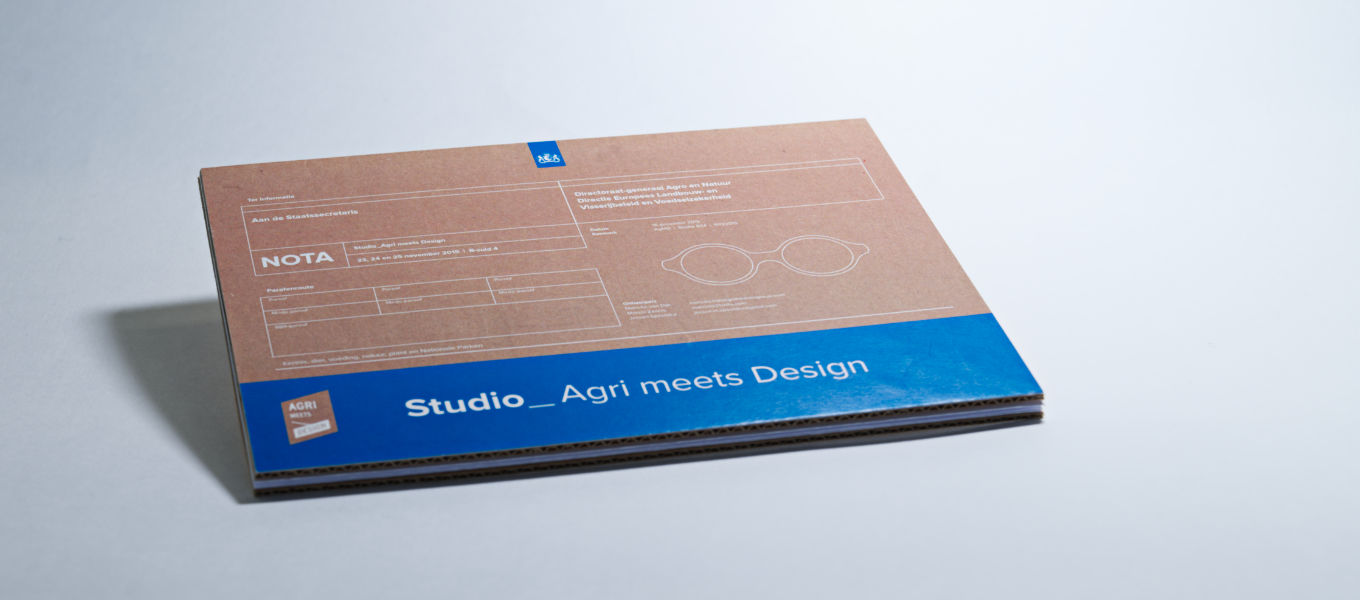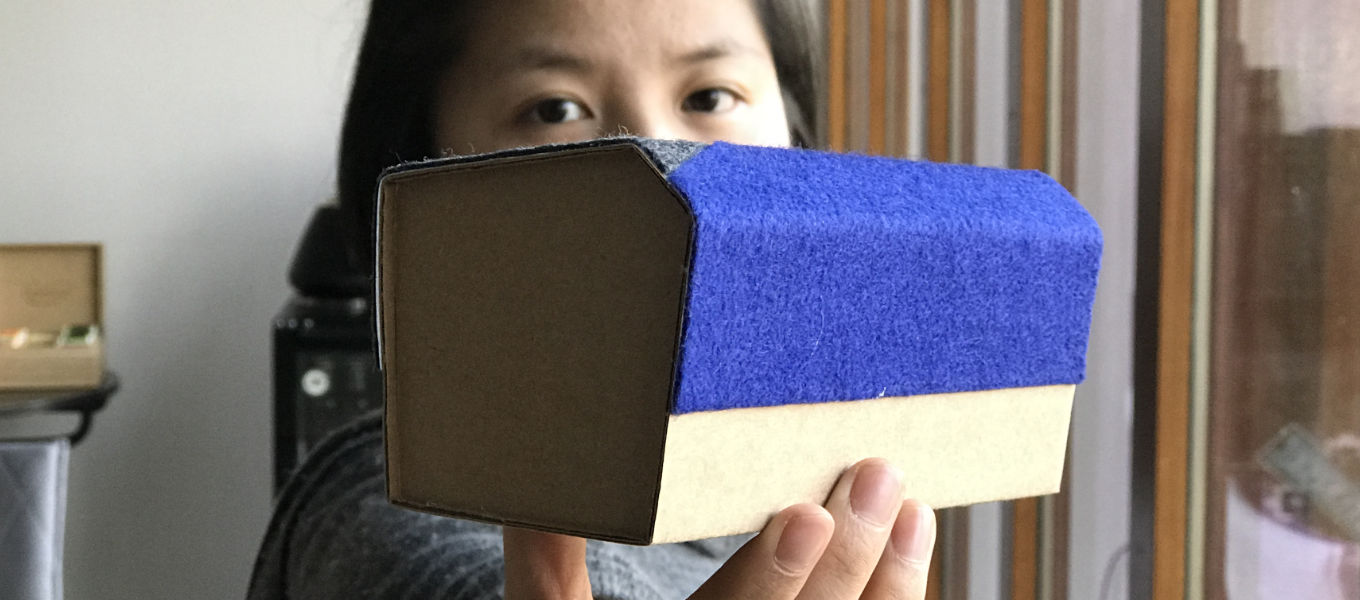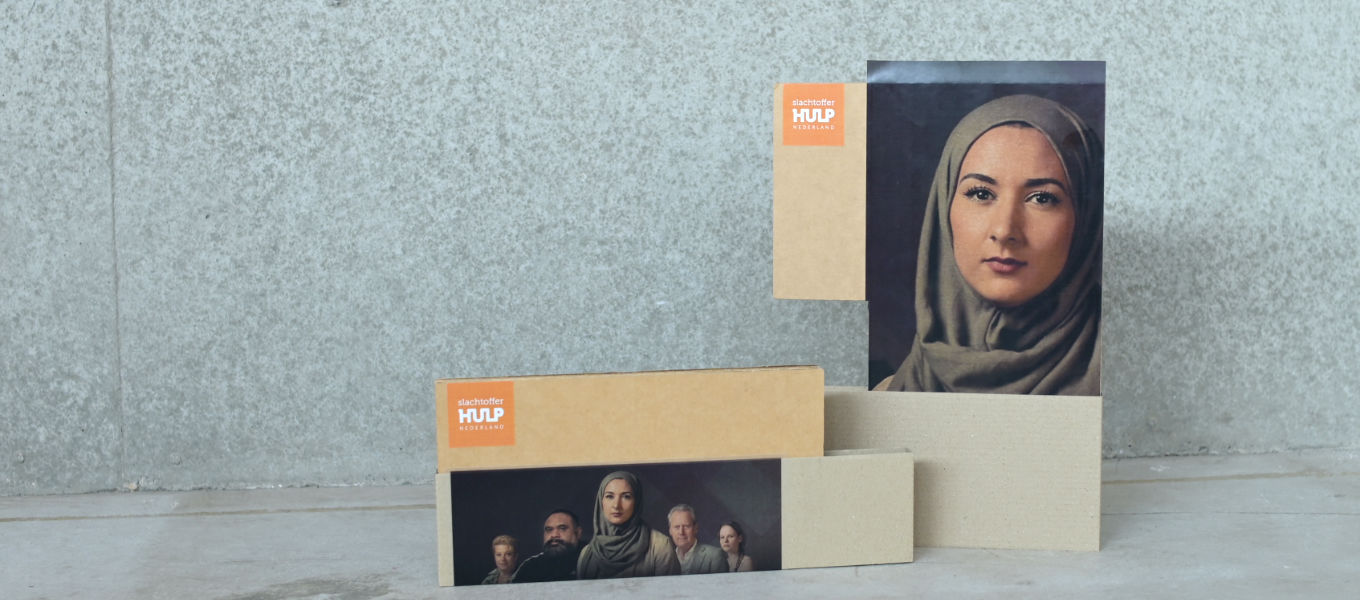READING TIME: 12 MIN
insights
Cardboard Aided Design
Although designing stuff is not our thing, we do it regularly. Not products but prototypes. To experiment with.
Originally, prototypes were built to test products. After all, technology is important and so you want to know quickly whether something works. The human dimension also plays an important role in this. Is the height of that chair you came up with correct? Can you reach the steering wheel? And how much force do you need to press the pedals?
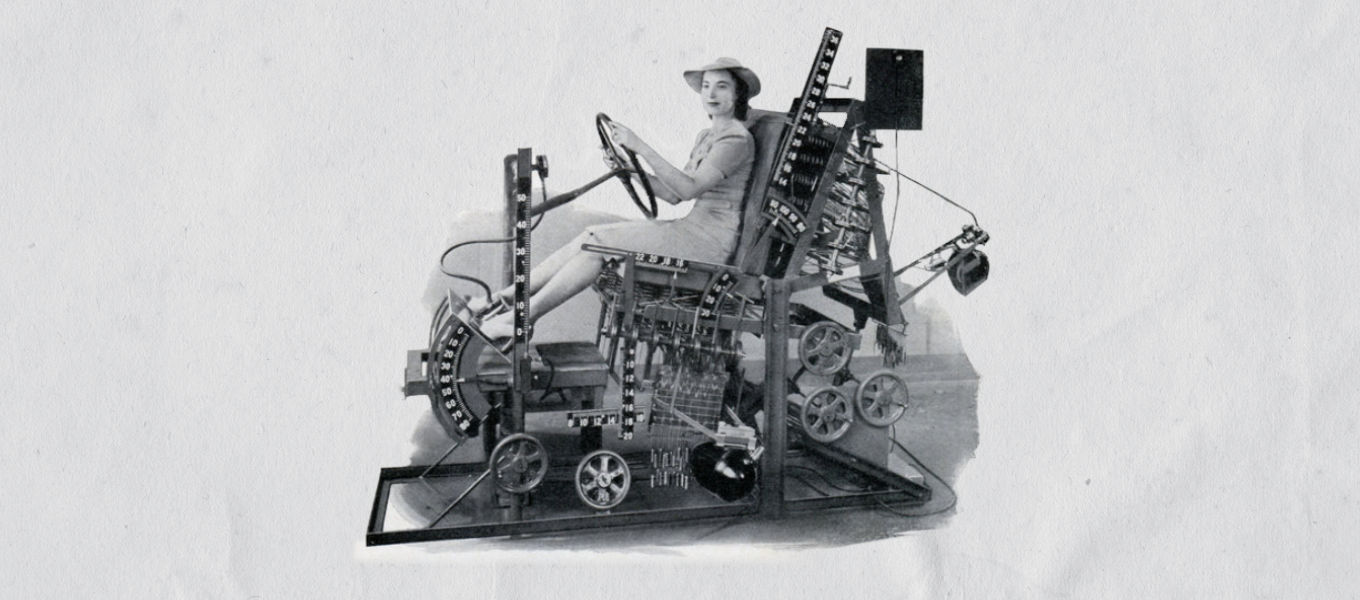
You can also test interactions. On its functionality, but especially its use by people. In; how many clicks did you find what you were looking for? The context of use plays an important role in this, because when do you really need Google maps? Exactly, when on the road.
But it can also be done differently
What if you have a plan, but no idea yet what it looks like. Or how it will work? Like the classroom of the future. A topic we absolutely must pay attention to. However, the future is already outdated today. Time flies! The real value might well be in the process. And so it’s important to find ways to accelerate the design process.
Over the years we have learned a lot about this way of working. Here are our three four five zis(!) most important lessons. (*)
Beyond opinions
‘Opinions are the lowest form of knowledge’, is sometimes said. Making something gives you a chance to talk about something tangible. The thing on the table and its purpose. What someone thinks about an idea is irrelevant; what matters is what the experiment with the prototype shows.
Mistakes could have to be made
I am not very good at a lot of things. Can cook a little bit and run pretty well. But mistakes are made and that’s okay. The more you do something the more you learn. And that is exactly what prototyping is all about; doing things, trying things out and learning. Personally but especially as a team and organization.
Avoiding mistakes
Making plans and having ideas also means making choices. If you want to be decisive, you make them as quickly as possible. A good idea? Go! But what if you’re wrong and people have different needs than you thought? In that your investment has suddenly become a waste of money.
Mistakes have to be made, but better done early in the process. Before it’s too late.
Care and attention
Just because you make something out of popsicle sticks, cardboard and a few stickers doesn’t mean you can’t put love into this. On the contrary. Especially when you work with simple materials, it is important to do so with care and attention. We humans feel that. The way you handle the prototypes determine the success of the process. So every reason to work very consciously, with care and attention.
Focus on intent
When you want to test something in (design-driven innovation) projects, it is important to be able to answer the why question. What is it that happens in an experiment? Do we recognize a valuable new insight that we can build on? And does the next step contribute to the mission? The trick is to get better at looking at what is happening in order to make the right choices.
New ways of working
For designers, making is nothing new; it is our way of thinking.
To outsiders, though, it often feels new. And so there is still much to learn about this hands-on way of working. But above all, how to shape it in your organization. Scott Witthoft and Scott Doorley of Stanfords d.school have even written a book about this. make space. Highly recommended if you want to create a make to know culture in your organization.
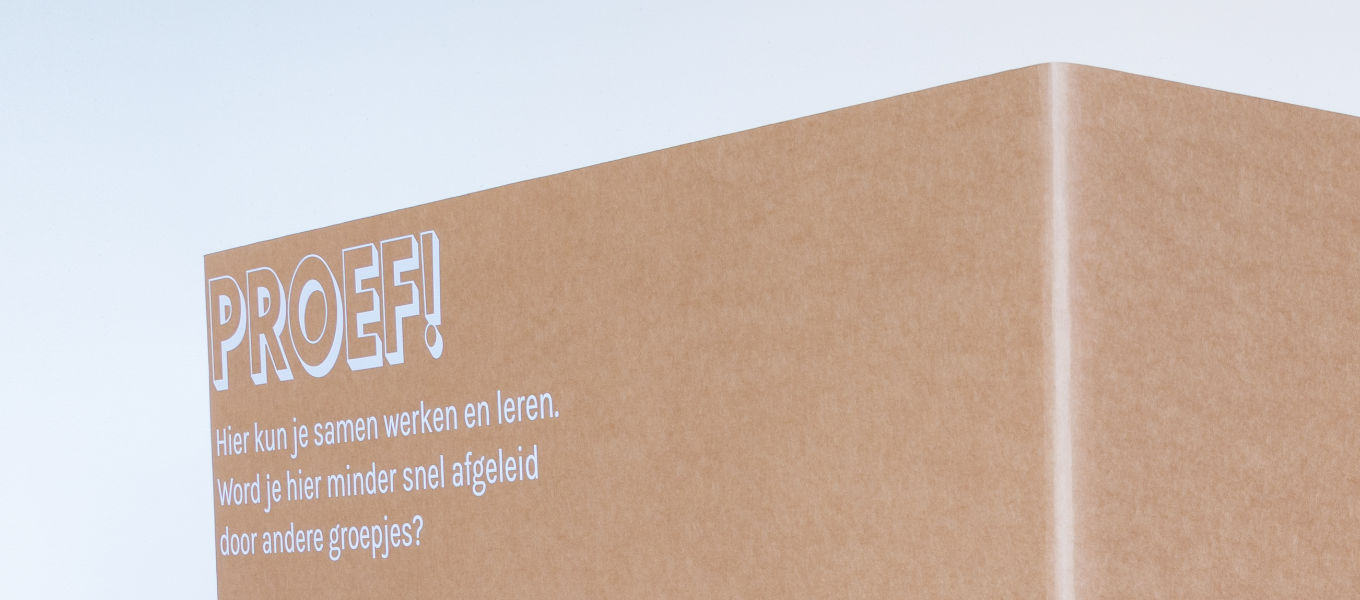
Inspiration
Our friends at IDEO wrote a great article last year about their experience with CAD. The Secret Power of Prototyping. Highly recommended.
In addition to make space, Scott Witthoft wrote THIS IS A PROTOTYPE. ‘A practical guide to prototyping as a way to revolutionize your work and creative life’. Be sure to read his other writing on Medium too.
In our project for OMO Scholengroep, we pushed the boundaries; prototyping as the way to speed up the process.
(*) This article started with three tips but as you write it, it has become six. Apparently, that is how it works; you start with a plan and in the process you learn more along the way. No reason not to share!
Design in
the service
of people
the service
of people
StudioLab
